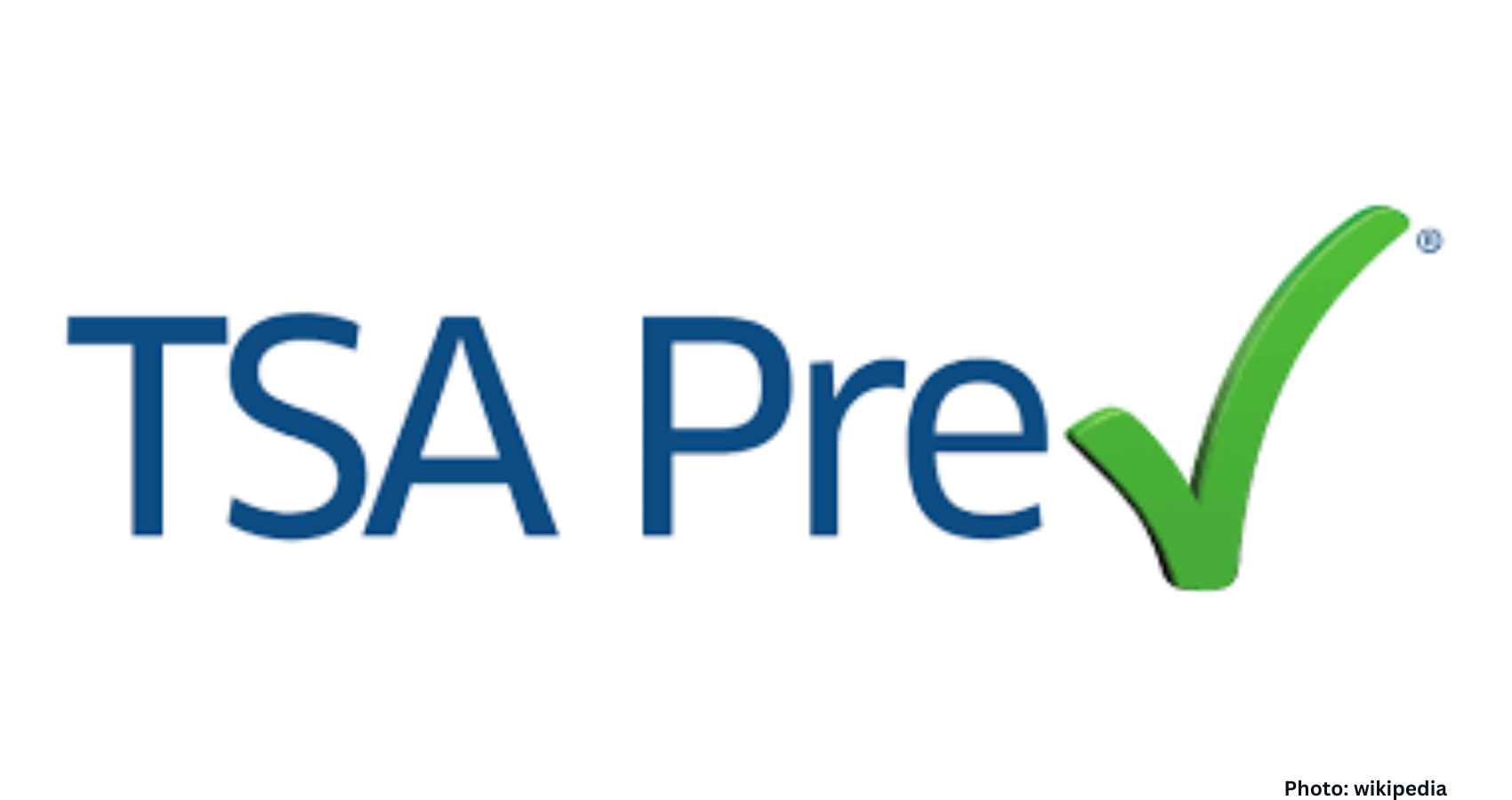TSA PreCheck, the expedited security program designed to help travelers get through airport checkpoints more efficiently, is busier than ever. With more than 20 million travelers now enrolled, it’snot uncommon to find long lines in what’s supposed to be the fast lane.
Travel expert Gilbert Ott, a seasoned flyer who logs over 200,000 miles annually, says that while TSA PreCheck is meant to speed things up, many users—especially first-timers—are unintentionally slowing the line down. “Those of us who’ve had TSA PreCheck for a while have seen the express airport security line moving slower than it should,” Ott explained. “We’ve had our patience tested by first-time users fumbling for passports at the counter, removing their coats when it’s their turn to be scanned, and waltzing on through with a belt on.”
The Transportation Security Administration reported in August 2024 that enrollment in the PreCheck program had reached a record 20 million. So far in 2025, between two and three million passengers a day are utilizing the expedited service. Given these numbers, it’s no surprise that seasoned travelers are increasingly running into newcomers in the fast lane.
TSA PreCheck is specifically designed for pre-screened travelers, allowing them to pass through security checkpoints without removing shoes, electronics, or liquids from their carry-on bags. The convenience comes at a cost of around $80 for five years. However, that fee is often reimbursed through popular credit cards like Capital One Venture, Capital One Venture X, Chase Sapphire Reserve, Delta SkyMiles, and American Express, effectively making the service free for many cardholders.
Despite the promise of a quicker screening process, the growing popularity of TSA PreCheck means the express line is no longer always as quick as it once was. As Ott points out, inexperience with the system often causes delays. “So the quicker I can get through and just be on a plane, the better,” he said. “I spend too much time in airports. As much as I may love them, sometimes the less time I spend in them, the happier I am.”
Ott runs a travel blog called God Save the Points, where he shares airline reviews, travel hacks, and advice on maximizing rewards points. His frequent flying has made him a pro at navigating airport security, and he’s developed a routine that helps him move through TSA PreCheck with minimal disruption.
One of Ott’s top tips is what he calls “pre-stripping”—a habit of preparing well before arriving at the checkpoint. This involves removing anything that might need to come off, such as jackets or items in your pockets, before even entering the line. “When I go to the airport, I take my belt off before I get there. I have it in my backpack, knowing I’ll put it on as soon as I get through PreCheck,” he said. “So keep the jewels and the watch in your bag. Then, when you get to the other side of security where you’re not holding people up, you can do the glamour.”
Ott believes that this small bit of preparation can help everyone move more efficiently. “My routine is somewhere along the lines of comfy jeans, a T-shirt or hoodie, and then a bomber jacket,” he said. “Essentials like my phone and passport go in my bomber jacket pockets while I wait in the queue so that when I step up to the scanners, my jacket is off, pockets are empty, my bags go on the trays, and off we go.”
Another common mistake Ott has noticed involves footwear. While PreCheck passengers don’t have to remove their shoes, those who wear shoes with metal components often trigger alarms and require additional screening. “The main thing is metal, either as part of the shoe or in the boot or heel of the shoe,” Ott explained. “Ceramic and rubber are usually fine. Basically, sneakers tend to always work.”
Shoes with metallic buckles, studs, or built-in steel parts are a frequent source of delays. Ott recommends sticking to sneakers or other shoes made of non-metal materials to avoid unnecessary hold-ups.
Perhaps the most important tip Ott offers is to be prepared before you get to the front of the line. That means having your identification and boarding pass out and ready. “If you think of the 20 seconds it takes somebody to do this very basic thing, and you’d multiply that by 50,000 people going through an airport’s screens a day, you could pretty much just walk through an airport without stopping,” he said. “We can all have a better time.”
With so many new users joining TSA PreCheck, Ott acknowledges that some growing pains are inevitable. But he believes a few common-sense practices can go a long way in keeping the express line moving quickly for everyone. His advice is aimed at fostering a smoother experience, not just for frequent travelers but also for newcomers who might be unfamiliar with the unspoken rules of the fast lane.
“The quicker I can get through and just be on a plane, the better,” Ott reiterated, emphasizing the value of time and efficiency. “As much as I may love [airports], sometimes the less time I spend in them, the happier I am.”
As more travelers continue to enroll in TSA PreCheck, understanding and following basic etiquette can help preserve the program’s original purpose. It’s not just about individual convenience—it’s about respecting the time of everyone in line. Following Ott’s advice can make a measurable difference in how smoothly security lines move.
From pre-stripping before you even leave for the airport, to wearing scanner-friendly shoes, to simply having your ID ready, these small acts of preparedness add up. As Ott puts it, “We can all have a better time.” And in today’s fast-paced travel environment, a better time at the airport is something everyone can appreciate.

